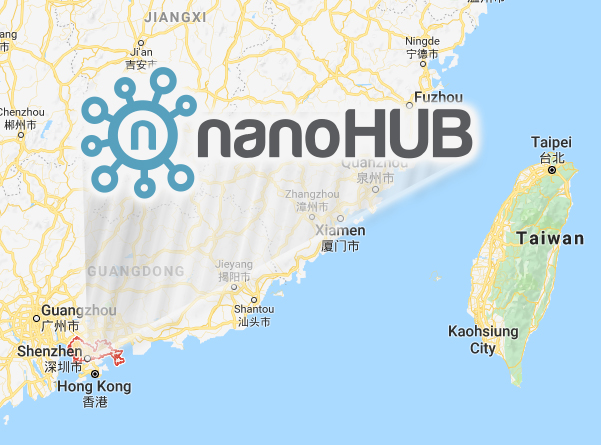| Email not displaying correctly? View in a Web Browser | ||

|
||
|
Upcoming Events Nano Curriculum Materials I WorkshopWhen: Four Friday sessions, 11 a.m. - 4 p.m. EDT, March 22, 29, April 5, 12, 2019 Where: Online workshop This series of two workshops, the Nano Curriculum Materials Workshops were created to provide faculty with resources (labs, presentations, and more) and guidance to effectively teach undergraduate nanotechnology courses. Application deadline: Friday, March 8, 2019. Website: Nano Curriculum Materials I Registration 7th European Nanotechnology CongressWhen: May 17-18, 2019 Where: Brussels, Belgium The 7th European Nanotechnology Congress gathers renowned scientists, physicians, surgeons, young researchers, industrial delegates and talented student communities in the field of nanotechnology under a single roof where networking and global partnering happens for the acceleration of future research. Website: https://www.meetingsint.com/conferences/euronanotechnology New Resources CELL-MET Technology FoundationsThe NSF Engineering Research Center in Cellular Metamaterials (CELL-MET) plans to accomplish four goals with the cellular metamaterials it intends to build: fabricate responsive heart tissue containing muscle cells and blood vessels; understand and control the tissue using optical technologies; scale the process up to easily create multiple copies of the tissue; and personalize the product, so it can be tailored to individual patients. These ‘Technology Foundation’ videos provide insight on the current progress of each Thrust Area (Nanomanufacturing, Nanomechanics, Imaging, and Cellular Engineering) as presented by graduate students representing Boston University, the University of Michigan, and Florida International University. PhysiCell: Invader-Scout-Attacker SystemThis model was created to show the potential for chemical communication to drive complex dynamics in multicellular systems. It is part of a course on computational multicellular systems biology created and taught by Dr. Paul Macklin in the Department of Indiana University. It is also part of the education and outreach for the IU Engineered nanoBIO Node. NCN Undergraduate Research Experience 2018 - 3 Minute Research TalksAs part of their undergraduate research experience, each student gave a 3-minute presentation describing their research work. This series contains each recorded presentation. Water From UrineThe average person on Earth uses about 80 gallons of water per day, however, in space astronauts only use about 3 gallons of water per day. Because water is a limited resource in space, NEWT (Nano-Enabled Water Treatment) scientists are working on a solution to recycle water from urine using nanotechnology. In this video, students will learn about the process required to extract water from urine. Nanoparticle Assembly LabThis app simulates the self-assembly of charged nanoparticles (NPs) into aggregates mediated by smaller, oppositely-charged linkers under different ionic physiological conditions. Users can input control parameters such as NP charge, linker concentration, and ionic strength to predict formation of NP aggregates. This information may be useful in designing NP features to produce desired effects when NPs interface with biological entities. Machine Learning for Materials Science: Part 1Data science and machine learning are playing increasingly important roles in science and engineering and materials science, and engineering is not an exception. This online tool provides examples of the use of these tools in the field of materials science using Jupyter notebooks. The notebooks contain step by step explanations of the activities and live code, that can be modified by the users for hands-on learning. The initial set of tutorials focuses on: i) data query, organization, and visualization, ii) developing a simple model using linear regression to explore correlations between materials properties, and iii) neural network models trained to predict materials properties from basic element properties. FOLLOW US ABOUT US The Network for Computational Nanotechnology and nanoHUB .org are supported by the National Science Foundation.
|
|
| Copyright © 2024 nanoHUB. All Rights reserved. | ||








